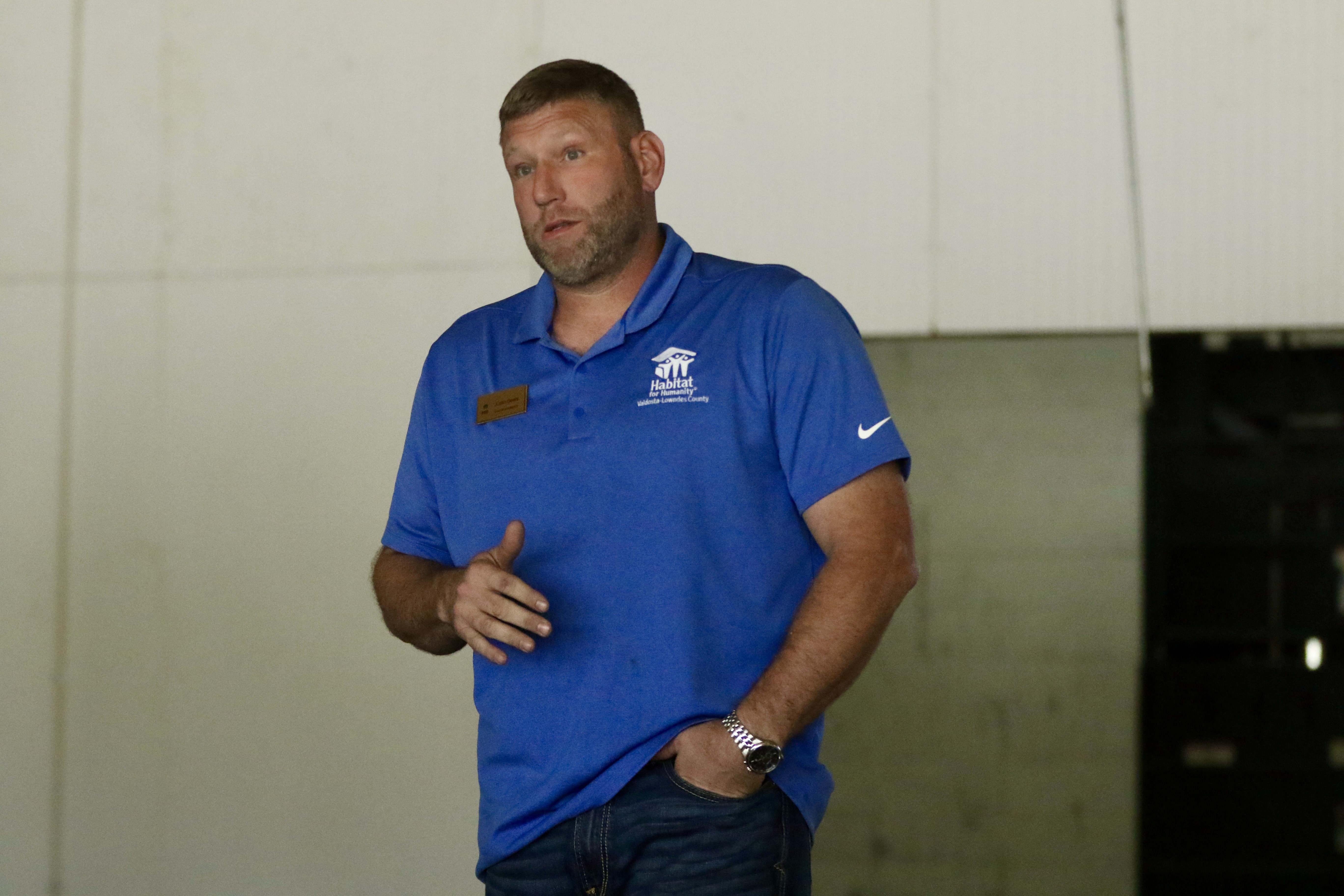Energy efficiency good for South Georgia
Published 9:00 am Friday, October 27, 2017
Energy efficiency: It’s much more than insulating a building, upgrading an air conditioner, or installing high-efficiency lights. It is also a source of well-paying, meaningful jobs. And it is a key part of the pathway out of poverty for millions of Americans across the country, including right here in South Georgia.
That’s why proposals by the Trump Administration to cut federal energy efficiency programs are deeply troubling. They would put the livelihoods of many Americans at risk and pose a major setback for vulnerable families struggling to save money and improve their quality of life.
The organization I work for – Valdosta-based Coastal Plain Area EOA, Inc. – was founded in 1966 with the goal of helping our customers reduce their energy use by 15 percent. Since then, we have invested more than $250 million and serviced more than 4,000 homes in South Georgia.
We focus on working with low-income families and the elderly. Much of our work would not be possible without the energy-efficiency programs that the Trump Administration has proposed to cut, including the Weatherization Assistance Program and the Low-Income Home Energy Assistance Program.
Both of these programs are an important source of jobs and money-saving opportunities for those in need. WAP helps low-income families pay for energy-efficiency improvements to their homes, allowing them to save money month after month on their utility bills. And LIHEAP helps six million Americans – including the elderly – pay their heating and air-conditioning bills. Without LIHEAP, they’d have to suffer from the extreme heat or the cold with little to no relief, which just doesn’t seem fair. We all deserve to feel comfortable in our own homes.
But beyond the strong moral case for protecting these programs, there is a strong economic case to do so as well. According to Oak Ridge National Laboratory in Tennessee, every dollar spent on the Weatherization Assistance Program yields $2.30 to $4.10 in benefits. The program also supports 8,500 jobs nationwide.
According to the Department of Energy, the energy-efficiency industry employs more than 2.2 million Americans across the country. And right here in Georgia, there are more than 57,000 people who work in the sector. Many of these jobs would be at risk if LIHEAP and WAP were axed, leaving a lot of working people “out in the cold.”
The Trump Administration also wants to get rid of the Environmental Protection Agency’s ENERGY STAR program, a popular labeling program that helps consumers identify the most energy-efficient appliances on the market.
This just doesn’t make sense.
If people want to buy energy-efficient products to help them save money, why not make it easier for them to do so? When people spend less on energy, the rest of the economy benefits because they have more disposable income available to spend on other goods and services. The production of energy-efficient products also benefits the manufacturing sector: More than 75 percent of the products used in energy efficiency improvements are manufactured right here in the U.S.A.
Energy-efficiency programs also play a key role in improving public health. I’ve seen this firsthand. Through the Weatherization Assistance Program, low-income families can get assistance with replacing products that pose a threat to their health and safety, such as outdated furnaces that release unsafe levels of carbon monoxide or lack the appropriate combustion safety mechanisms.
I’m proud to work in the energy-efficiency sector. On a daily basis, I see how energy efficiency helps South Georgians – including those who are most in need – save money and enjoy healthier and safer lives, all while creating local employment opportunities and producing a ripple effect of benefits across our economy. Protecting federal energy-efficiency programs is a win-win for South Georgia and the country as a whole.
John Tyno serves as the weatherization director for Coastal Plain Area EOA, Inc., a Valdosta-based organization dedicated to helping the poor and the elderly overcome poverty through energy efficiency.





